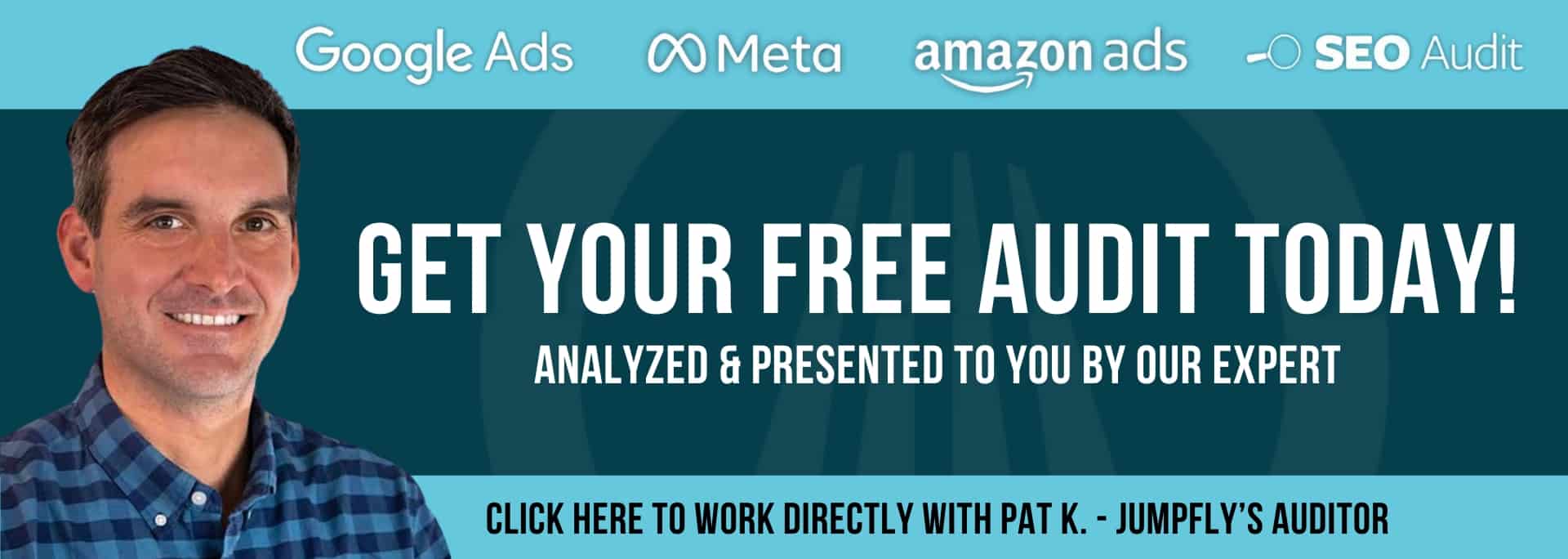TL;DR:
Google Ads AI Max is a new upgrade for Search campaigns that should be out to all accounts by the beginning of Q3. It uses AI to expand keyword matching, personalize ad copy, and send users to the best landing pages, while keeping you in control. At Google Marketing Live 2025, Google stated, you can expect up to 14% more conversions at similar CPA/ROAS with broad match keywords, 27% increase with exact and phrase match keywords. Here’s what AI Max is, how it works, and how to prepare.
What Is Google Ads AI Max, and Why Should You Care?
I, for one, am a big fan of AI. If you’ve ever wished for additional smarter signals in your Search campaigns, without losing control, AI Max could be the answer. But what exactly is it?
AI Max isn’t a new campaign type. Instead, it’s a one-click upgrade for your existing Search campaigns, designed to help you reach more high-intent users and boost conversions. Google’s latest AI works behind the scenes, but you still get the transparency and controls you need to protect your brand and budget.
Why Does This Matter?
The search landscape is shifting. As Google introduces more AI-powered experiences, like AI Overviews and AI Mode, advertisers need smarter tools to stay visible and competitive. AI Max is Google’s way of bridging the gap between manual keyword management and full automation.
How Does AI Max Work?
Let’s break down the core features you’ll actually use:
- Smarter Search Term Matching:
AI Max goes beyond your keyword list by using Google’s AI to analyze multiple signals and expand your reach to more relevant queries. Here’s how:- Landing page content: AI Max scans your landing pages to understand your products, services, and site themes, identifying new keyword opportunities that align with what you actually offer.
- Ad assets: The system reviews your existing headlines, descriptions, and other ad assets to find related terms and messaging that resonate with your audience.
- Current keywords: AI Max uses your existing keyword list as a foundation, but enhances it with broad match and keywordless technology to capture high-intent searches you might otherwise miss.
This multi-layered approach means your ads can appear for more relevant, long-tail, and conversational queries, driving more qualified traffic, not just more impressions.
- Dynamic Text Customization:
Your ad copy is automatically tailored using your landing pages, ads, and keywords. AI Max generates headlines and descriptions in real time, ensuring your ads remain relevant and engaging, no more stale, repetitive headlines. - Final URL Expansion:
Why send everyone to the same page? AI Max can direct users to the most relevant landing page on your site, boosting your chances of conversion. You can still exclude URLs to keep control over where your traffic lands.
By leveraging all of these signals, especially the content on your landing pages, AI Max helps you reach new, high-intent customers and adapt quickly to changing search trends, all while maintaining control and transparency.
What Controls Do You Keep?
AI Max is designed to give you powerful automation while keeping you in the driver’s seat. Here’s how you can control your campaigns at both the campaign and ad group levels:
Campaign Level Controls
- Enable or Disable AI Max:
Turn AI Max on or off for your entire Search campaign. - Asset and URL Controls:
Decide whether to use AI-generated ad copy and allow Final URL expansion, which automatically sends users to the most relevant landing page. You can also exclude specific URLs to maintain control over where your traffic lands. - Brand Controls:
Set up brand inclusions and exclusions to ensure your ads appear with the right partners and avoid unwanted associations. - Negative Keywords:
This function has not changed. Exclude irrelevant searches at the campaign level to keep your traffic focused.
Ad Group Level Controls
- Search Term Matching:
Toggle search term matching on or off for each ad group. When enabled, AI Max expands your keywords using signals from your landing pages, ad assets, and existing keywords, helping you reach more relevant queries. - Brand Inclusions:
Refine your brand targeting at the ad group level. These settings override campaign-level brand inclusions for that specific ad group. - Location of Interest:
Target users based on their search intent for a specific location, not just where they are physically. (more on this below)- For example, if you have apartments in Chicago and add “Chicago” as a location of interest, your ads can show to people searching for apartments in Philadelphia—even if they aren’t physically there—but only if your campaign’s location setting is “Presence or Interest.”
- If your campaign is set to “Presence” only, your ads will only show to people physically within your targeted area, regardless of location of interest settings.
- URL Inclusions:
Specify which landing pages you want prioritized for that ad group.
Location of Interest Explained: Again, this is only an ad group-level setting when using AI Max. Your campaign’s location targeting always sets the boundaries for where your ads can show. “Location of interest” at the ad group level lets you reach users interested in your area, but only if your campaign is set to allow it. For local-only reach, use “Presence.” For broader reach—including people searching from outside your area—use “Presence or Interest.”
AI Max is about smarter automation, not a black box. You stay in the driver’s seat.
What Kind of Results Can You Expect?
Google’s early data shows promising gains:
- 14% more conversions or conversion value at similar CPA/ROAS for campaigns opted into broad match.
- Up to 27% improvement for campaigns that relied only on exact and/or phrase match keywords.
Of course, your mileage may vary. Results depend on your industry, audience, and current setup. But the direction is clear: AI Max is built to drive better outcomes.
How Should You Prepare Before Turning on AI Max?
Getting ready is simple, but important:
- Review your campaign structure. Are your ad groups and keywords organized?
- Optimize your landing pages. Make sure they’re relevant and conversion-focused.
- Set up exclusions. Add brand and URL exclusions to guide traffic.
- Monitor search term reports. Look for new opportunities and filter out noise.
Proactive prep now means a smoother transition and faster results when AI Max rolls out.
FAQs: What Advertisers Are Asking
Is AI Max a new campaign type?
No. It’s an upgrade for existing Search campaigns, not a separate type.
Can I control which URLs users land on?
Yes. You can exclude URLs and direct traffic as needed.
Will I lose control over my keywords?
No. Negative keywords and search term reports are still available.
When will AI Max be available?
The global rollout is expected to be complete in early Q3 2025. Some advertisers can enable it now.
Key Takeaway
AI Max is Google’s answer to the evolving search landscape, giving you the automation you want, with the control you need. By preparing now, you’ll be ready to capture more conversions, reach new audiences, and keep your campaigns competitive as search continues to evolve. With features like smarter keyword matching, dynamic ad copy, and enhanced landing page selection, AI Max bridges the gap between manual management and full automation. Take the time to review your campaign structure, optimize your landing pages, and set up exclusions so you can make the most of this new upgrade from day one. Embracing these changes now puts you in the best position to succeed as Google’s AI-driven future takes shape.
Stay tuned for a post in the not-too-distant future, where we’ll share real-world results from our own AI Max tests.








